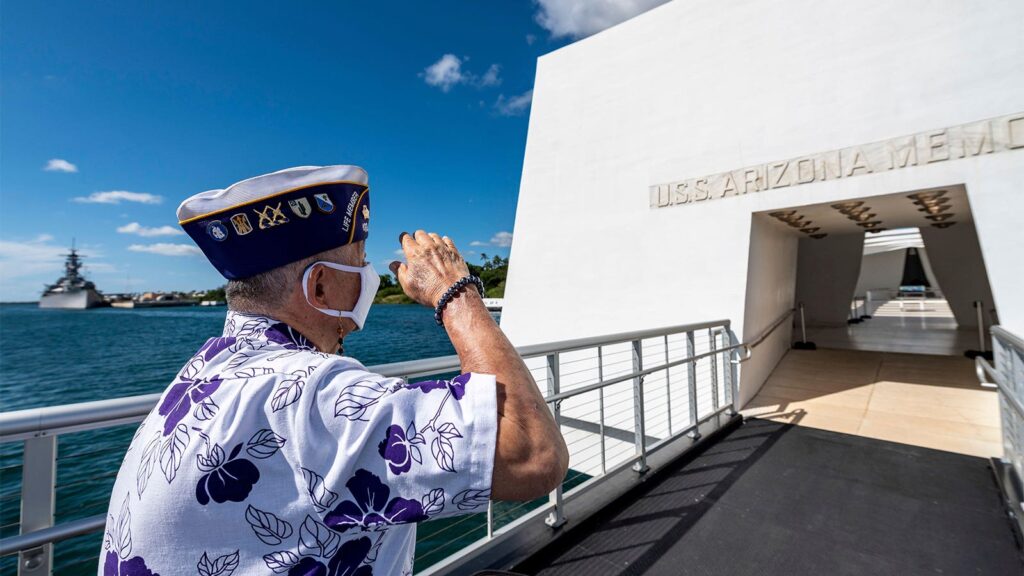The number of outpatient visits among veterans with COVID-19 increased substantially in the 30 days after infection, and remained elevated for up to a year, according to a retrospective cohort study.
Outpatient visits among veterans with COVID increased by 5.12 visits per person in the 30 days after infection (95% CI 5.09-5.16) compared with matched uninfected veterans, reported Matthew Maciejewski, PhD, of the Durham Veterans Affairs Health Care System in North Carolina, and colleagues.
This was primarily due to primary care visits, with an increase of 1.86 visits per 30 days (95% CI 1.85-1.87), they noted in JAMA Network Open.
Although outpatient visits decreased as time elapsed since infection, the number of visits was still significantly higher for veterans with COVID at 184 to 365 days, with an increase of 0.25 visits per 30 days (95% CI 0.23-0.27). Over 1 year’s time, an infected veteran had over nine more visits than a veteran who remained uninfected for that year.
“The adverse health outcomes of COVID-19 infection translated into increased use of outpatient services for up to 12 months after infection, suggesting persistent effects of post-COVID-19 conditions,” Maciejewski and team wrote.
Of note, half of the visits were conducted via telehealth, highlighting its important role in providing healthcare access to veterans with COVID, they noted.
The study looked at six categories of care — primary care, specialty care, surgery care, emergency care, mental health, and diagnostic or other care (e.g., calls to VA clinical call centers or visits with nonmedical professionals). Except for surgery care, visits increased for all care categories.
Even when the researchers excluded visits that occurred on the day of a positive COVID test, they found similar results, indicating that visits related to testing weren’t contributing to the overall increase in healthcare utilization.
In an analysis of data from specific subgroups, veterans ages 85 and older with COVID had the most substantial increase in visits, with an increase of 6.1 visits (95% CI 5.9-6.3), compared with 4.8 visits among those ages 20-44 (95% CI 4.7-4.8). In addition, unvaccinated veterans had a greater increase in visits compared with vaccinated veterans, with an increase of 4.5 (95% CI 4.3-4.6) versus 3.2 visits (95% CI 3.4-4.8).
Furthermore, veterans who lived in rural areas had greater increases in visits compared with those who lived in urban areas, and the same was true for Hispanic veterans versus non-Hispanic veterans, and those with greater comorbidity burden versus those with less comorbidity burden.
Although the largest effects of COVID infection on visits occurred during the first wave of the pandemic from March to May 2020, the effects persisted in in the second wave from June to October 2020 and the third wave from November 2020 to May 2021, the authors reported. However, by that time, the increased number of visits had fallen to 3.6 visits.
For this study, the researchers used data from patients enrolled in the Veterans Affairs Health Care System, comparing outpatient healthcare use for 202,803 infected veterans matched to a cohort of 202,803 uninfected veterans, for visits taking place between March 1, 2020 and April 30, 2021.
The majority (88%) of both groups were men, with a mean age of 60-61 years, and most lived in urban areas (72%). Most (67%) were white, 23% were African American, and 10% were Hispanic. As for comorbidities, 61% had hypertension, 34-35% had diabetes, and 32% had major depression. About 10% were immunosuppressed.
Maciejewski and colleagues cautioned that the results of the study may not be generalizable to patients outside the VA Health Care System.
Katherine Kahn is a staff writer at MedPage Today, covering the infectious diseases beat. She has been a medical writer for over 15 years.
Disclosures
The study was funded by the Veterans Affairs Health Services Research & Development. Some of the authors were supported in part by a VA Research Career Scientist Award and by a grant from the National Heart, Lung, and Blood Institute.
Maciejewski reported owning Amgen stock through his spouse’s employment.
A co-author reported receiving grants from Pacific Source Community Services and the David and Lucille Packard Foundation, and consulting fees from Quality Insights.
Primary Source
JAMA Network Open
Source Reference: Hebert PL, et al “Changes in outpatient health care use after COVID-19 infection among veterans” JAMA Netw Open 2024; DOI: 10.1001/jamanetworkopen.2023.55387.
>>> Read full article>>>
Copyright for syndicated content belongs to the linked Source : MedPageToday – https://www.medpagetoday.com/infectiousdisease/covid19/108664
